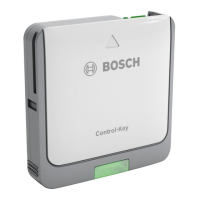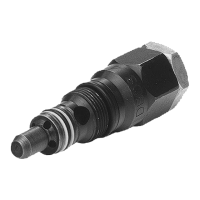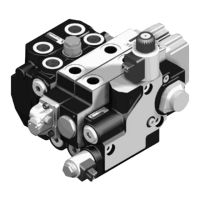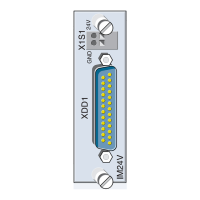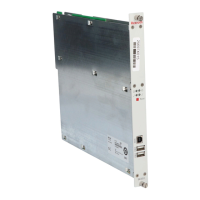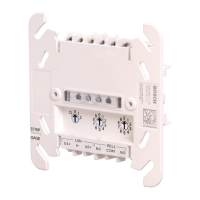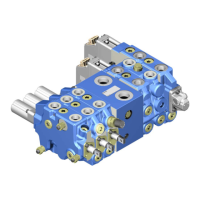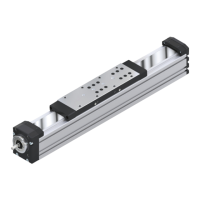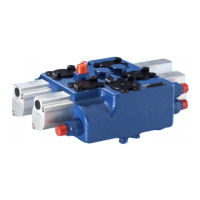1070 072 449-102 (01.12) GB
I/O Modules6-2
6.2 Addressing
In contrast to the operation of I/O modules in the CL200 controller, the
DIP switch positions on the I/O modules do not correspond to the address
of the module in the I/O field (absolute address), but to a module number
assigned by the user.
Each I/O module on the mounting rack must be assigned a module
number.
The module numbers of this I/O module will be assigned during configu-
ration (Software: COMNET-DP utilities or WinDP).
The assignment of the module numbers should begin at address 0 and
then should be increased by one subsequently, in order to avoid empty
modules.
6.3 Additional Information regarding the I/O Modules:
The data of the digital in- or output modules are transmitted byte per byte.
For special applications, the E24V-16fold input module and the A24V-/
0.5A-16fold output module can transmit the data entirely consistently
while the E24V-32fold input module can transmit the data word-consis-
tently.
If you want to use this function, the following conditions must be fulfilled:
• Enter the module as consistent in the configuration software.
• Plug the jumper on the module onto "Consistency".
Example:
Connection of an absolute encoder with a data width of 16 bit to a digital
input module.
6.4 Expansion Possibilities
With the RM2-DP12 module, six I/O modules can be operated on one
mounting rack.
If this is not sufficient for an application, there are two ways of expansion:
• Two mounting racks are placed next to each other and connected via
a short flat ribbon cable.
• Several tiers on top or next to each other, with a tier consisting of one
or two mounting racks. The tiers are connected via the AG/S200
interface module.

